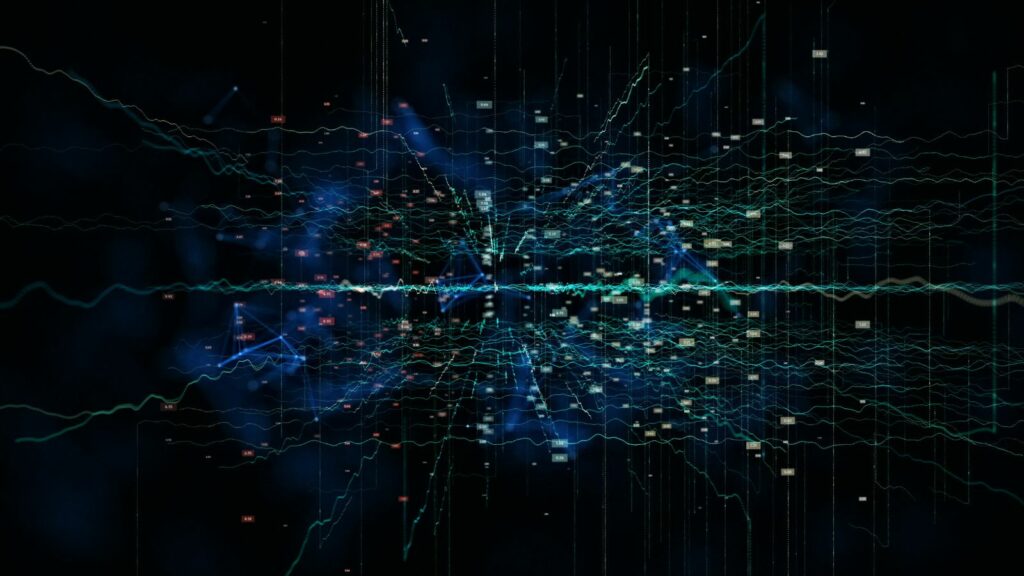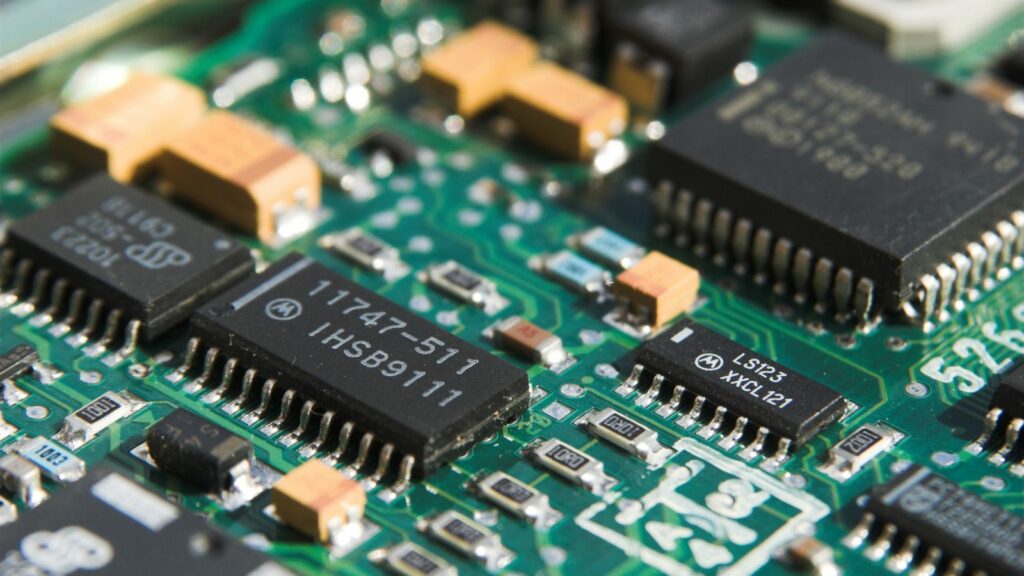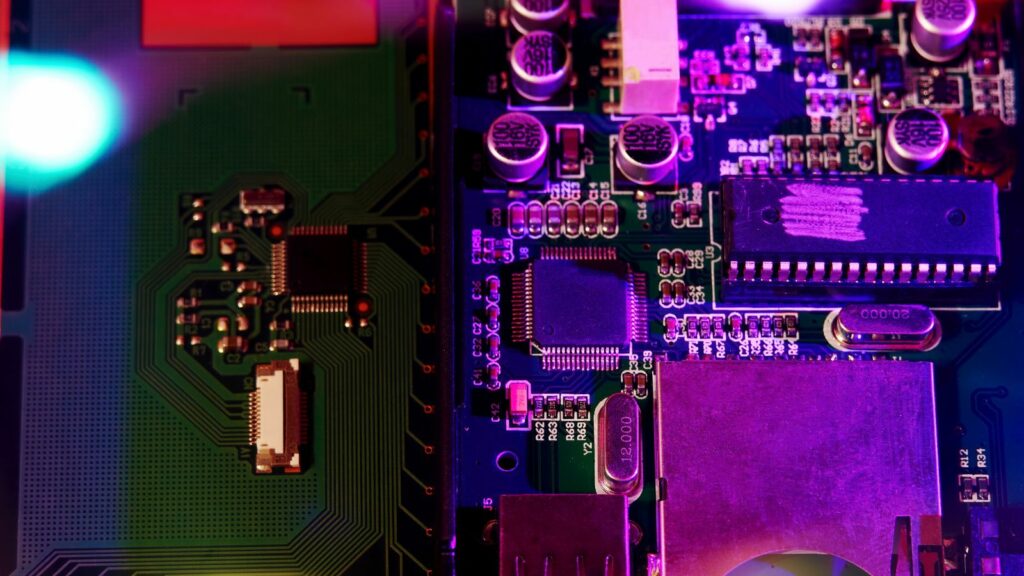In the realm of technology, the race is on to develop faster, more efficient computing methods. One groundbreaking contender is photonic computing. It’s a technology that uses light particles, or photons, rather than electrons to process information.
This revolutionary technology promises to transform the computing landscape, offering speeds up to 20 times faster than current systems. Imagine downloading an entire movie in a blink of an eye or running complex simulations instantly.
Photonic Computing
In the vast domain of technology, a term often heard is “photonic computing.” When we enter this fascinating arena, we delve into a world where computations are performed with particles of light, not electrons.

Redefining the conventional idea of computing, photonic computing places light particles, also known as photons, at the center stage of processing information. Unlike traditional computing, it utilizes high-speed light particles, thereby significantly increasing the speed of data transfer and computation. These particles vibrate swiftly, marking a breakthrough in computing power. Less energy is consumed during the process, making photonic computing a revolutionary, green technology.
Distinguishing photonic computing from traditional computation involves comparing their fundamental building blocks and operating characteristics. Traditional computing systems rely heavily on electrons for processing information, whereas, photonic computing employs light particles, greatly accelerating digital tasks.
For instance, imagine downloading a high-definition movie on a photonic computer. The process that takes minutes with traditional systems can be completed almost instantly. Similarly, complex simulations and predictions that often require supercomputers to run for several days could be achieved in a matter of hours with photonic computing.
Key Components of Photonic Computers
These advanced, light-based computers essentially rely on two main components: Optical Processors and Data Storage and Transmission mechanisms. Let’s get a detailed insight into each one of these parts.

Optical processors make up the leveraging engine of photonic computers. They’re responsible for carrying out computations and processing information. But, rather than operating on the traditional binary logic of zeroes and ones, optical processors decode information represented by the presence and absence of light.
Take a supermarket barcode, for example. In this scenario, the black bars denote absence of light (zeroes), while the spaces between them represent presence of light (ones). Optical processors work in a somewhat similar fashion, with each bit of data relating to a light-encoded signal.
This light-based processing capability enables photonic computers to operate at incredible speeds, even while handling complex tasks. Furthermore, it tackles the overheating and interference problems commonly associated with electron-based computation.
Next to optical processors, the second key component of photonic computers involves data storage and transmission. To store and transport information, these machines use light pulses instead of traditional electron flow.
Advantages of Photonic Computing
Reaping the benefits of light-based computing, photonic computing possesses a set of advantages. It excels in terms of speed and energy efficiency, making it a revolutionary solution in the technological landscape.

Photonic computing peaks in speed. With the ability to process information at the speed of light, it provides swift data transfer, surpassing the capability of traditional electronic devices. In a digital era where every second counts, this speed factor sets photonic computing apart. Critical applications, such as real-time analytics and immediate feedback systems, benefit from the rapid data transmission offered.
For instance, stock market predictions require time-sensitive processing. Photonic computing, with its swift prowess, could execute these operations in nanoseconds, enabling quick decision-making and immediate action.
Moreover, data handling captures a significant edge in photonic computing. Through the efficient use of light pulses, it excels in storing and transmitting vast amounts of data. High-volume data centers that usually grapple with data storage gain immensely from this efficiency, managing larger databases and servicing more requests without a hitch.
A hallmark of photonic computing lies in its energy consumption. It proves to be a green computing alternative by offering high-performance computing power, enhanced data transfer speeds, all while requiring significantly less energy.

